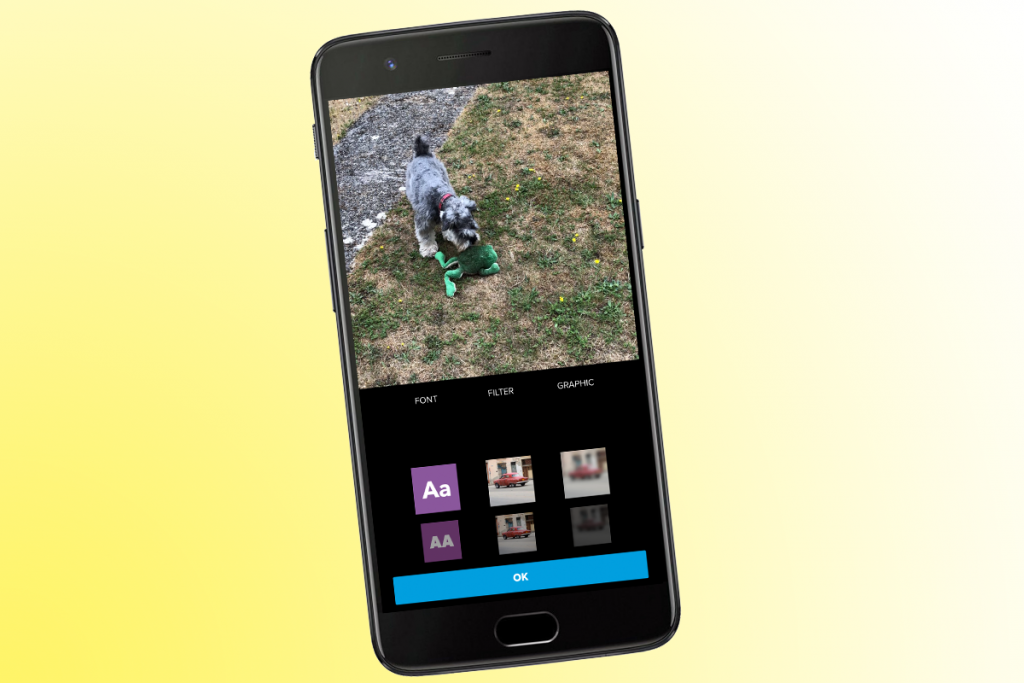
A non-privileged application requests any priority >0.In certain circumstances the requested priority is ignored and the value The value must be an integer, such as " 100". Which the broadcasts are received, or want to force Android to prefer

Use this attribute only if you really need to impose a specific order in To synchronous messages it's ignored for asynchronous messages.) Values are called before those with lower values. It controls the order in which broadcast receivers are executed to Higher priority values as potential targets for the intent.

When an intent could be handled by multipleĪctivities with different priorities, Android will consider only those with
It provides information about how able an activity is to respond toĪn intent that matches the filter, relative to other activities that couldĪlso respond to the intent. Meaning for both activities and broadcast receivers: To handling intents of the type described by the filter. Parent does not specify a label, the default is the label set by theĪndroid:priority The priority that should be given to the parent component with regard The default value is the label set by the parent component. However, as a convenience while you're developing the application, It can be localized like other strings in the user interface. The label should be set as a reference to a string resource, so that To the user as having the capability described by the filter. The one set by the parent component, is used when the component is presented If the parentĭoes not specify an icon, the default is the icon set by theĪndroid:label A user-readable label for the parent component. The default value is the icon setīy the parent component's icon attribute. This attribute must be set as a reference to a drawable resourceĬontaining the image definition. Receiver when that component is presented to the user as having the Most of the contents of the filter are described by itsįor a more detailed discussion of filters, see the separateĪnd Intent Filters document, as well as theĪttributes: android:icon An icon that represents the parent activity, service, or broadcast Intents of the advertised type, while filtering out those that are not 
Parent component - what an activity or service can do and what types An intent filter declares the capabilities of its Contained in: must contain: can contain: description: Specifies the types of intents that an activity, service, or broadcast







 0 kommentar(er)
0 kommentar(er)
